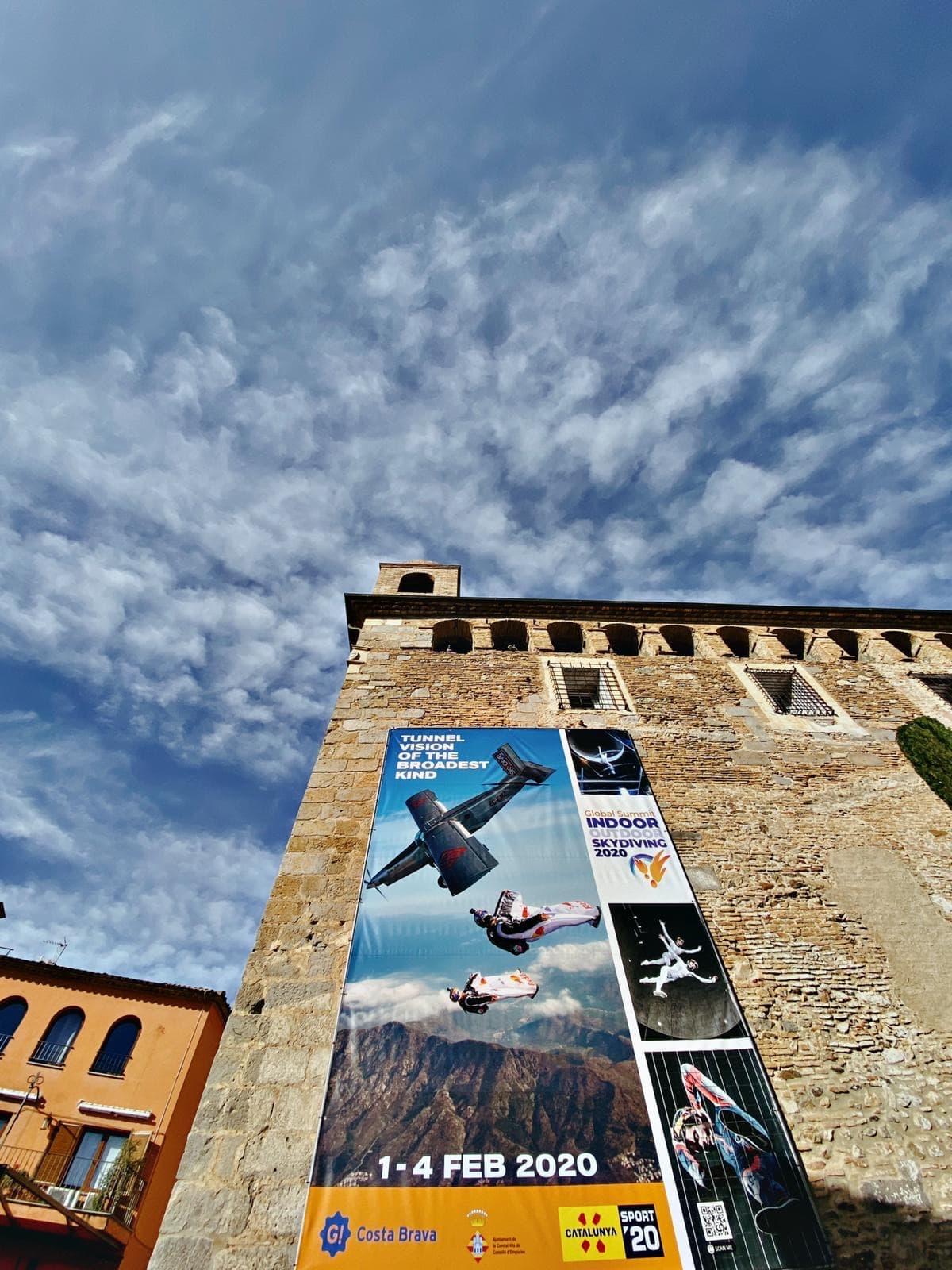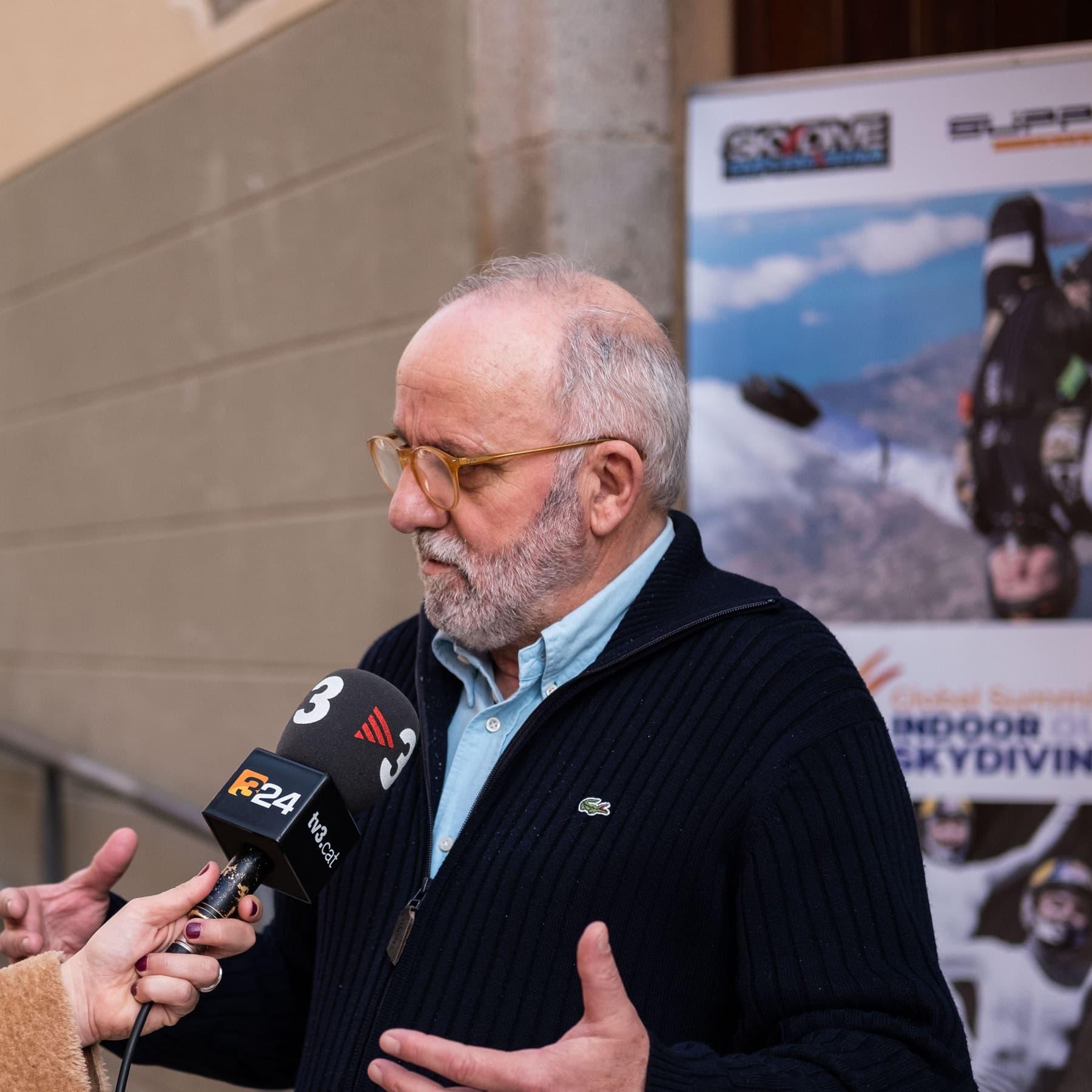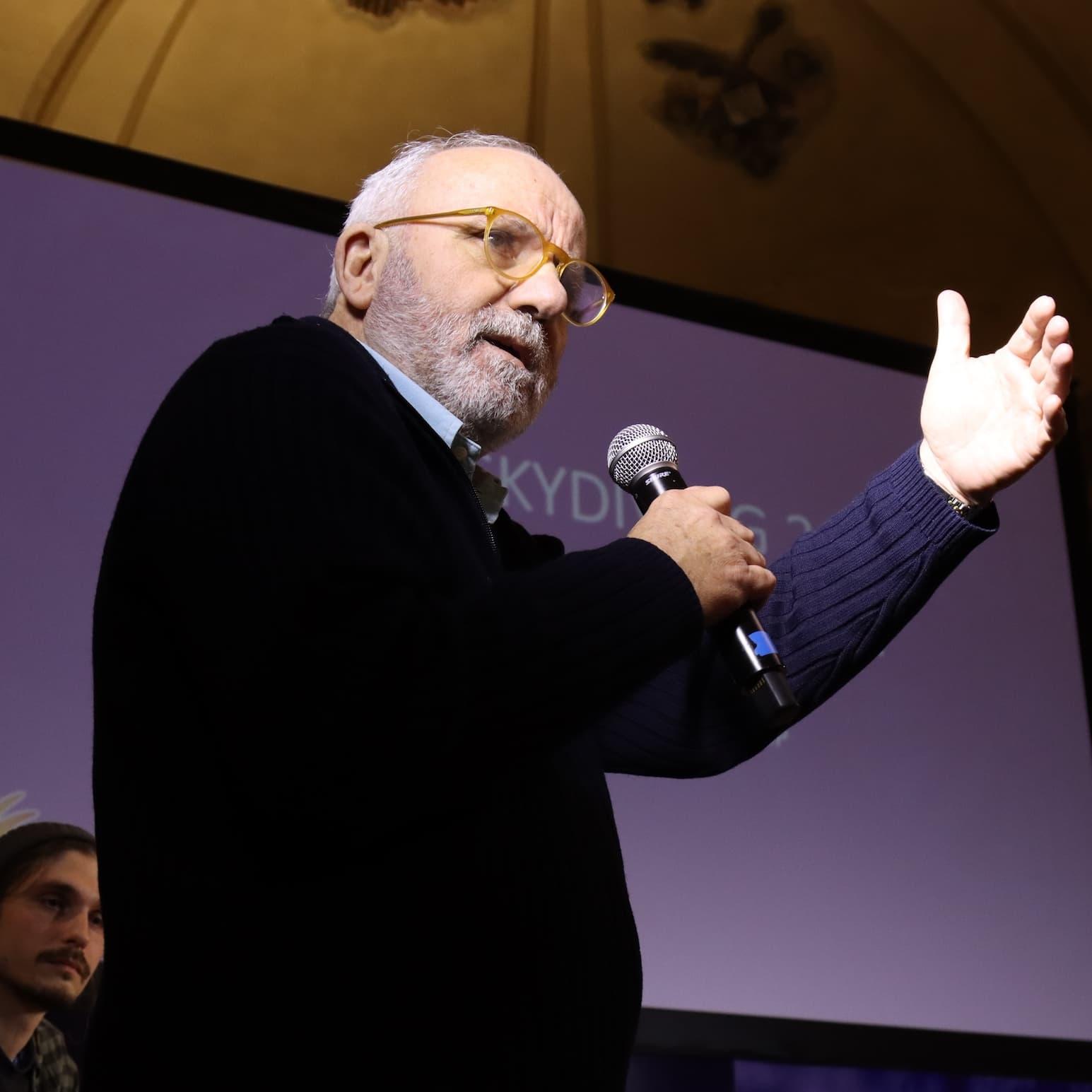What Happened? And Why Is It Important That It Did? Here’s the Beta
The First Global Indoor Skydiving Summit, which took place in Skydive Empuriabrava’s hometown of Castelló d'Empúries, just happened. If you fly in the Windoor tunnel, you almost certainly know that it did. Right? But you might not yet be clear on why that’s important -- or how what happened over those two days in Castelló is going to affect your life as a flyer.
Let’s be clear: It was, and it will. When a bunch of profit-minded business competitors and stakeholders with divergent views on how indoor skydiving should develop start building industry consensus for the very first time -- with technologists, engineers, energy experts and athletes in the room -- it’s only a matter of time until that far-off wave hits.
To understand where this is going, it’s important to understand where it came from: and that’s Roland Hilfiker, CEO of Support Air International, who organized the event. If you think you recognize the name, you’re right: Roland has been in and around skydiving since 1975 in a flurry of different capacities.


“I was professional at one stage,” he laughs. “I ran the School of Human Flight in Zephyrhills and the Skydive Empuriabrava dropzone afterwards, until the mid-90s.” From there, Roland embarked on a new adventure: in sports communications. He worked within a number of different sports shuttling between international governing bodies, event organizers and rights holders, “basically providing communication support in all its different facets, from television production to communication strategy,” he explains. Among plenty of other things, he’s done quite a bit for the FAI. As chair of the Olympic Coordinating Committee he represented FAI in the Global Association of International Sports Federations and similar umbrella bodies, all the while pitching parachuting/skydiving for inclusion into the Olympic Games from Barcelona 1992 through Beijing 2008. He was on the Olympic Rings jump in Seoul 1988, too. Something which he considers the pinnacle in his active career.
Even though his lobbying efforts failed to produce results with the International Olympic Committee, Hilfiker managed to get air sports admitted to The World Games back in 1995. He assumed the lead in organizing the first two appearances of skydiving/parachuting (he insisted on the slash to allow for the side-by-side of canopy and freefall events on the program) in The World Games Lahti and Akita. After getting elected Vice President of the International World Games Association, he decided to reduce his engagement for FAI. He received the FAI Bronze medal in 2001 (“for his exceptional and dedicated work in promoting the FAI in the wider sports community and amongst the public at large by campaigning for air sports to be admitted to the Olympic Games”).
For all that involvement in air sports, Roland is still relatively new to the tunnel. In fact, he saw his first indoor competition during The Wind Games 2019.
“I was convinced this is a good way of presenting skydiving,” he muses. “It has a lot of advantages over the traditional sport. Something that could make it a stronger contender for an Olympic bid. But after a little more research, I perceived not just the sport’s strengths - but its weaknesses too. I saw a lack of consistency across a number of areas.”

What’s the best path to consistency? Well: In the case of a sport that’s fractured across continents, philosophies and party lines, getting everyone together in a room is a great first step. In all those years of working in sport organizations, specifically in the field of communications, Roland had logged a lot of time at sports congresses (“about five in an average year, over 25 to 30 years,” he says), both big and small.
“After receiving encouragement by the President of the International Skydiving Commission (ISC), Gillian Winter, I thought, ‘why don't you try to organize one yourself?’
“And that's how it came about,” he smiles
He dove right in, calling the project the Global Indoor Skydiving Summit. Going into it, Roland certainly had a vision.
“Obviously, I had my own opinions on virtually all of the different topics I felt needed addressing,” he explains. “I definitely picked these topics based on my 25 years of professional experience. What I was trying to achieve was a more complete analysis of the situation, and to get partnerships going between the most different parties.”
But not all of it was sailing the calm waters. From the outset, Hilfiker had sought the approval of not only the ISC, but of the FAI as well. In fact, he had met with the highest FAI charges for discussions on three occasions and a final version of a co-hosting agreement was ready for signature in late October 2019. The precise moment the ISC President announced the withdrawal from the project of the body she presides. The disagreement was over the choice of summit topics and the lineup of panelists.


“The silver lining of that,” he adds, “is that not being associated with commercial organizations or the world governing body, it gave us a certain freedom to act and speak and go about our business. On the other hand, I did feel bad for FAI and ISC. Both bodies are in dire need to reinvent themselves, passing up on an opportunity to be in on important conversations seems somewhat wasteful.”
The summit was held alongside The Wind Games, one of the premier indoor skydiving competitions on the world calendar. The Wind Games had attracted 180 competitors from more than 30 countries to the Windoor wind tunnel, right next to Skydive Empuriabrava, and plenty of them were more than keen to join the conversation taking place just down the road.
The venue was pretty special, too: an old convent, converted into a cultural center. Over two eight-hour days, packed to the gills with sessions, discussions and breakout sessions, participants across the sport -- from manufacturers to owners to representative athletes -- came to collective grips with everything from oversaturation to safety standards to the cost of flying (with a potential BlaBlaCar-style proposal from an enterprising Frenchman). Experts took the stage to talk about how operators can negotiate preferential rates for energy, and technologists (such as the Tunnel Tech EU team, who occupy the very leading edge of advances in tunnel engineering and materials) jumped into the conversation with about new methods to keep energy consumption down. Carbon impact came up, too, of course.
“People are making efforts to offset the carbon footprint of indoor skydiving,” Roland says, “we need to provide the operators and manufacturers with good data, obtained through a number of channels we have identified so far. That’s the process - and it should continue.”
“It was not a vacation,” Roland says. “It was for sure a debate. And it was positive! In the end, everyone agreed that we achieved great things.”


A great example of one of those “great things” that came as a surprise to plenty of tunnel folks: Tunnel Instructor and the International Bodyflight Association made a public announcement of their forward-going cooperation and intention to coordinate their respective work. In essence, what that means is that it’s suddenly going to be significantly easier for a licensed, rated instructor to transfer co-validated ratings between IBA and Tunnel Instructor facilities. “That was a major breakthrough,” Roland affirms.
“We’re still working towards a mission statement to guide our continued work from here,” he adds. “We don't know where this is going to take indoor skydiving as a sport, but I personally see this as an open-ended process that provides plenty of space for it to be continued. We could think of it as a think tank -- as a permanent forum for discussion -- and we’ve created venues on the web which will allow us to keep the dialogue going until the next event gets us all in the same room again.”
There will, then, be a sequel.
“I've been doing this for well over 30 years,” Roland laughs. “It will take quite a bit more to burn me out.”
“People at the inaugural Summit said they are looking forward to the next one. I am confident that we will see a lot of progress in the industry and the sport before it takes place,” Hilfiker said. “Indoor skydiving has huge potential to grow and evolve as a sport, a fun activity and as an entertainment for all. In any case, it can be a viable proposition without being part of the Olympic program any time soon.”
All images courtesy Support Air. For updates on the next Global Indoor Skydiving Summit, visit www.indoorskydiving.vision and/or www.indoorskydiving.stream


Join the conversation
You can post now and register later. If you have an account, sign in now to post with your account.
Note: Your post will require moderator approval before it will be visible.